2009 Aston Martin DBS

Just as the design of Aston Martin vehicles over the past two decades has brought the company back from the brink of extinction, it’s the company’s engineering that will keep it around and have it attracting more customers. The DB9 and Vantage are both breathtaking models, and while they appeal to one’s aesthetic sensibilities, comparatively, when it comes to their full range of capabilities, they do lack a performance edge to match their looks. Not so with the company’s new flagship, the DBS.
Aston Martin has been working hard for several years now, learning from its efforts in motorsports, and where better to utilize this knowledge than in the evolution of its flagship model.
FAST FACTS
| 1. At 3,737 lbs, the DBS weights just 30 lbs more than the new BMW M3. |
| 2. 510hp and 420 ft-lbs of torque are generated by the 5.9-liter V12 engine. |
| 3. With the extensive use of carbon fiber for the trunk, hood, front splitter and rear diffuser, Aston Martin cut 66 lbs from the overhangs and helped compact 85 percent of the car’s weight between the two axles. |
V-12 DBS IS A RELATIVE LIGHTWEIGHT
Powering the DBS is the company’s 5.9-liter V-12 engine that, surprisingly, makes 10 less horsepower than the Vanquish S for a total of 510. Those British stallions are, however, more accessible, coming on 500 rpm sooner at just 6500 rpm, with all 420 ft-lbs of torque available at 5750 rpm.
In an era of massive horsepower numbers, 510 ponies is decent, but not quite as much as you’d expect from a grand touring exotic – especially considering how curb weights have been on the rise as of late.
Surprisingly, however, the DBS weighs just 3,737 lbs. That’s right, with its massive V-12 engine and all the luxury of a Buckingham-Palace-on-wheels, it is just 30 lbs more than BMW’s new M3.
DROPPING POUNDS WHERE IT COUNTS
The low curb weight is achieved by using state-of-the-art materials in the construction process with aluminum for the chassis and plenty of carbon fiber body parts.
Included in that list of carbon parts is the trunk lid, hood, front splitter and rear diffuser. Not only do these pieces reduce overall weight, but they do so in a strategic fashion, cutting 66 lbs from the overhangs. This carefully thought-out use of carbon helped Aston engineers compact 85 percent of the DBS’s weight between the front and rear axles.
While shaving pounds from the ends of the big coupe is a testament to the skill of the engineers, and to the demands placed on the final product, none of these details would matter were it not for the original layout of the car. Two of the heaviest pieces of machinery, namely, the engine and transmission, are located almost entirely between the axles, with the big V-12 in a front/mid configuration and the transmission (technically a transaxle) in a rear/mid location. And as though this design wasn’t good enough, connecting them is a driveshaft made of carbon fiber.
SOFT SPRINGS, STIFF SHOCKS
As a result of these weight reduction and weight compacting efforts, the DBS handles like a much smaller car. It doesn’t feel all that nimble, but that also might be because of a subconscious unwillingness to toss this car around. When you consider the fully-loaded replacement value is a lofty $270,000, and the fact that damaging the stunning body work of a vehicle like this is tantamount to spilling your coffee on the Mona Lisa, corners tend to come and go with more caution than they would in a less prestigious or expensive car.
The springs could use to be a tad stiffer. Thankfully, however, the DBS comes equipped with the company’s Active Damping System, which constantly monitors the road and driver inputs and adjusts the shocks accordingly. The system includes a Track Mode button that automatically sets the shocks to their stiffest setting. With it pressed the car is taught and responsive and you can really hustle through the corners with confidence.
MASSIVE CARBON BRAKES CUT MORE WEIGHT
The DBS comes with a simply massive set of carbon ceramic rotors and multi-piston calipers that will keep you in control. The downside of these magnificent binders is that the do tend to squeal, which is bothersome on such a pricey piece of metal. The advantages, however, are hard to argue with, as stopping power is not only impressive, but the minimal weight of the parts is another reason for the low curb weight of the DBS. In total, the use of carbon ceramic rotors over conventional pieces saves 27.5-lbs.
TRACK MODE: JUST ENOUGH SLIP AND SLIDE
When it comes to laying down the power in the DBS, even the factory traction control system can have trouble at times and the wheels do break free every now and then. This, however, is far preferable to an overactive TC system. It is possible to turn the TC completely off, but the best option is the car’s Track Mode setting. Hold the TC button for two seconds and you’ll be rewarded with just enough slip to have fun, but not enough to get in trouble.
6-SPEED MANUAL AND LOTS OF VOLUME
Accessing all the Aston’s power is made easy thanks to a genuine six-speed manual transmission (Aston also offers a paddle-shift actuated automatic tranny) that is a joy to operate.
The loud-pedal is also, refreshingly, loud. From the second you insert the fob into the dash and fire up the V-12, it’s obvious the DBS is more than just a sexy-looking car. The engine over-revs on start-up with a sound that might just startle Harley owners. And at wide-open throttle it doesn’t just scream… it roars.
FUNCTIONAL YET AESTHETIC AERO
The two massive exhaust pipes are actually built into a rear diffuser that’s lager than one you’d find on some racecars. The reason for this is both functional and aesthetic. The large carbon fiber piece reduces lift at the rear of the car, removing the necessity for a large rear spoiler. Instead a subtle and sexy boot-lid spoiler, integrated into the actual trunk, does the job.
That other piece of beautiful carbon out front is also functional, moving air around the car and keeping the front stable at speed. This is the sort of car that was meant to cruise at 120 mph.
BEST IN CLASS (BEST IN THE WORLD) LOOKS
And despite all this functionality, the DBS is arguably the best looking car in the world. Compared to the Vanquish, the DBS has even harder lines with more holes and vents. Up front the grille has been redesigned with a new five-bar look, allowing for larger open spaces – which always looks meaner.
The stature of the DBS is two inches less than the Vanquish, giving it an even more exotic stance, while the rest of the alterations to the car also make it look smaller. From a distance, or in photos, it tends to look sportscar-sized, but up close it’s definitely a GT.
Some cars are beautiful and some are sexy. The DBS is both. It is equally as lusty a design as any Ferrari, but twice as beautiful.
INTERIOR: AN ALCANTARA OASIS
When you open the door of the DBS, it’s a sight to behold. Tasked with creating an interior to match the exotic and luxurious body of the DBS, it would be easy to disappoint, but Aston Martin designers succeeded in a big way, using leather, Alcantara, aluminum, carbon fiber and even a great piece of piano black material running up the center stack.
Particularly impressive was the abundance of burgundy/red Alcantara, which looked exceptionally sharp on our Infa Red test car. Alcantara coats the seat inserts, door inserts, the pillars and the headliner. Another stunning highlight is the use of huge pieces of carbon fiber (in a matte-finish) on the doors.
If we had any issues with the cabin, it’s that the steering wheel and gauges are a little simple, and that there is no discernable redline on the tachometer. Not to mention that the reverse reading analog gauges are just not natural and the digital speedometer disappears when you are in Track Mode.
THE VERDICT
The DBS is in a class of it’s own. It is one of few Grand Tourers that doubles as an exotic. When you think of the potential competition, the Mercedes SL63 and Bentley Continental GT come to mind, but realistically the Bentley doesn’t have the handling prowess or the driving enjoyment of the DBS, and while almost equally as powerful, the SL63 is a much heavier roadster, with an automatic transmission and looks that just don’t rate in the same category. The only real competition is the faster and better handling, if significantly more expensive, Ferrari 599. But not even that car looks this good.
PLUS
- One of the best looking cars ever
- Powerful exhaust note
- 6-speed manual
MINUS
- Reverse-reading gauges too simple with no redline
- Soft springs, body roll
- CCM brakes squeal
Aston Martin’s have always had the looks to rate on everyone’s top 10 list, but thanks to the DBS’s low weight, hugely-powerful V-12 engine, exceptional handling dynamics and a list of truly unique details, the DBS isn’t just on the list, it’s at the top.

With AutoGuide from its launch, Colum previously acted as Editor-in-Chief of Modified Luxury & Exotics magazine where he became a certifiable car snob driving supercars like the Koenigsegg CCX and racing down the autobahn in anything over 500 hp. He has won numerous automotive journalism awards including the Best Video Journalism Award in 2014 and 2015 from the Automotive Journalists Association of Canada (AJAC). Colum founded Geared Content Studios, VerticalScope's in-house branded content division and works to find ways to integrate brands organically into content.
More by Colum Wood













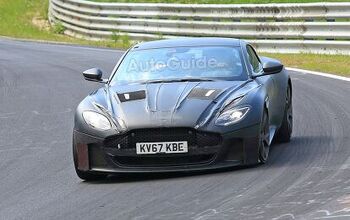

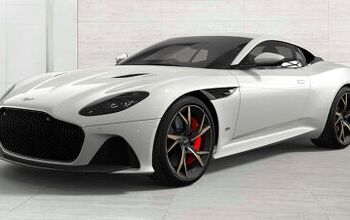
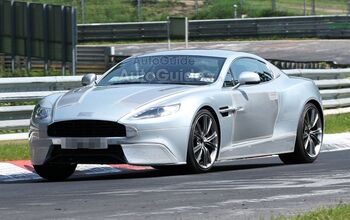
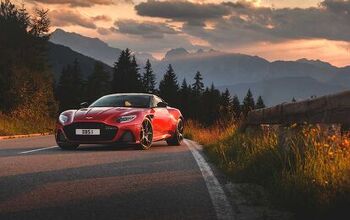
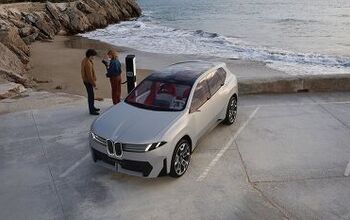

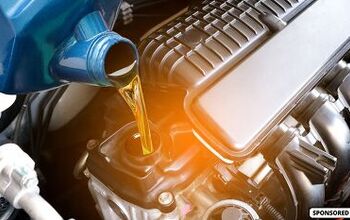
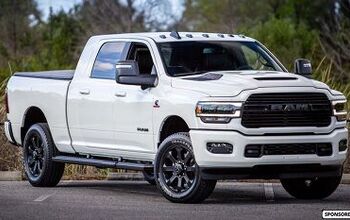
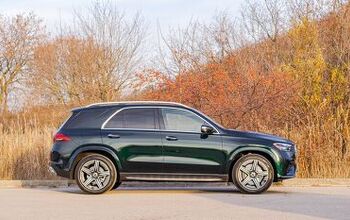
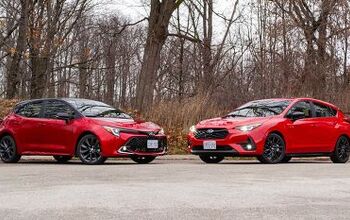



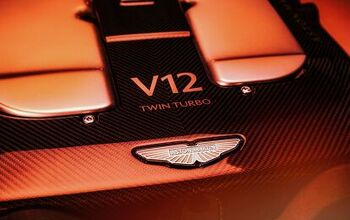
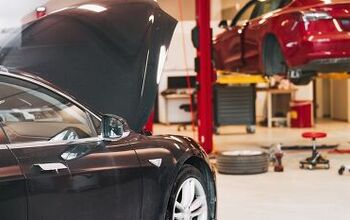
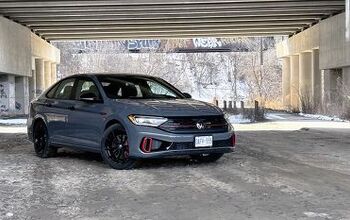
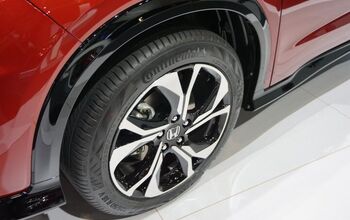
Comments
Join the conversation